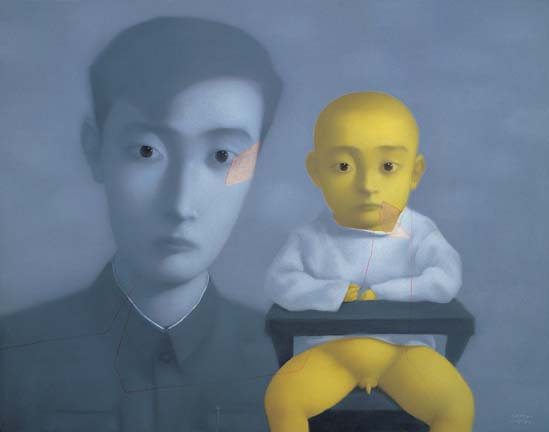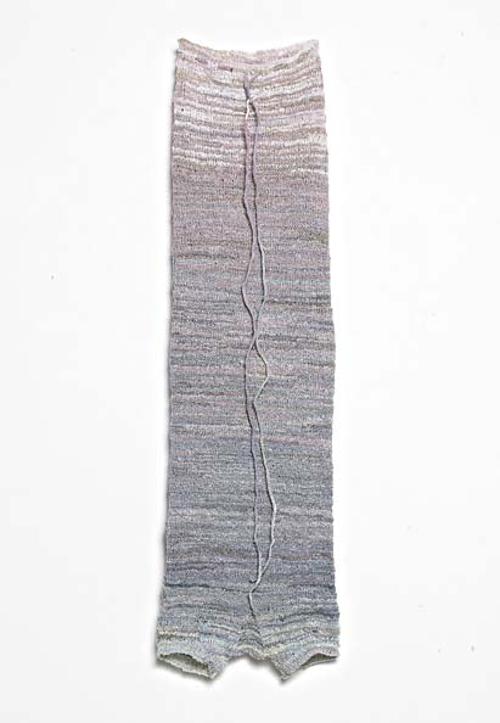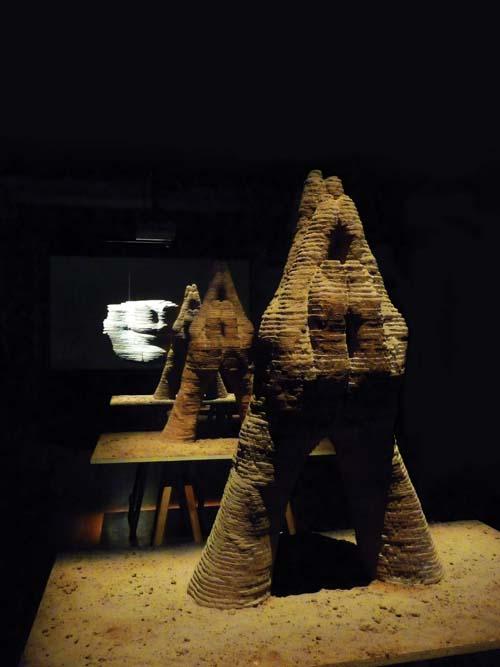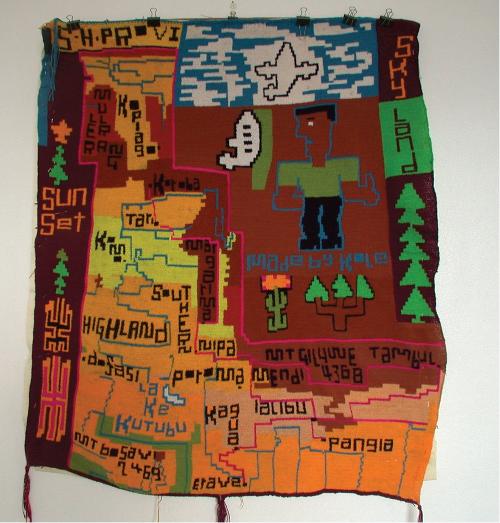
'The China Project' consists of three exhibitions, the core of which is 'Three Decades: The Contemporary Chinese Collection'. Begun in the early 1990s, these holdings are part of a collection of contemporary Asian art cultivated by the 'Asia Pacific Triennial' (to be held again in December 2009). The awkwardness of its proximity to the APT might be explained by its correspondence to two coinciding anniversaries on the Chinese political calendar: the 20th anniversary of the Tiananmen Square protests and the 60th anniversary of the founding of the People's Republic of China.
These simultaneous anniversaries embody the complexity and contradiction that characterises China’s political history and contemporary culture. The 'Three Decades' exhibition includes a range of artists who address and reflect upon the combination of confidence and anxiety that is apparent in Chinese consciousness during the Mao and Post-Mao eras. China’s progress over the last 60 years has generated significantly varied practices that seem to broadly exhibit a sense of ambivalence regarding their relationship to tradition, modernisation and the canons of art in China and the West.
The increasing representation of practices that work to destabilise reverential attitudes toward these issues alleviates the laboured earnestness that often accompanies exhibitions dealing with political content. The exhibition predictably includes the epic gestures of Ai Weiwei and Xu Bing but also the persistent simplicity of performance and video work by Zhang Huan and Yang Zhenzhong. These shifts between the profound and the mundane recur throughout the exhibition and speak of a larger exploration of the role of the individual in the context of collective experience.
Alongside this survey of the collection sits a large installation of bronze busts on loan from Ah Xian and an ambitious work by Wang Qingsong commissioned for the exhibition. Wang’s work consists of hundreds of poor quality copies of advertising material painted by the artist and posted on a wall in the Gallery’s major installation space. This is one of the few works in the exhibition that allude to the ever-increasing influence of the market on the production of Chinese art.
Potentially sticky issues surrounding the role of GoMA as an ambassador for Asian cultural production are tempered by the concurrent exhibition of work by William Yang. 'William Yang: Life Lines' prefaces the more ambitious exhibitions with a modest collection of photographic portraiture and personal mementos. The photographs document Yang’s life as a third-generation Australian-Chinese, particularly his youth in far North Queensland, his later involvement in the artistic and gay scenes in Sydney and his travels to China. In these works Yang grapples with his cultural identity and position outside the Australian mainstream in a very direct and sincere manner. The importance of empathy and personal connection in Yang’s broader practice, particularly his performance monologues, is apparent though perhaps weakened by an overly museum-like display.
The third exhibition in the China Project is 'Zhang Xiaogang: Shadows in the Soul'. Co-curated by Leng Lin, president of PaceWildenstein, Beijing, this exhibition brings together Zhang’s early drawings, illustrious paintings and recent worked photographs. Zhang’s material and conceptual precision in the depiction of people and everyday environments explores the nature of perception and the individual. In this work the individual is defined as a system of connections brought about by personal and social histories. The superficial homogeneity of Zhang’s subjects is counterpointed by subtle moments of focus. His subdued humanist approach speaks quietly of the pervasiveness of political agendas on the everyday psychology of the Chinese.
The rapidity of China’s adaptation to political regimes and technological change make it a particularly unique context for contemporary art especially given art’s propensity for mediation between the individual and larger cultural phenomena. The artists in 'The China Project' appear to seek out and demonstrate the weight of political and cultural change in everyday life but also to begin to disperse it.












